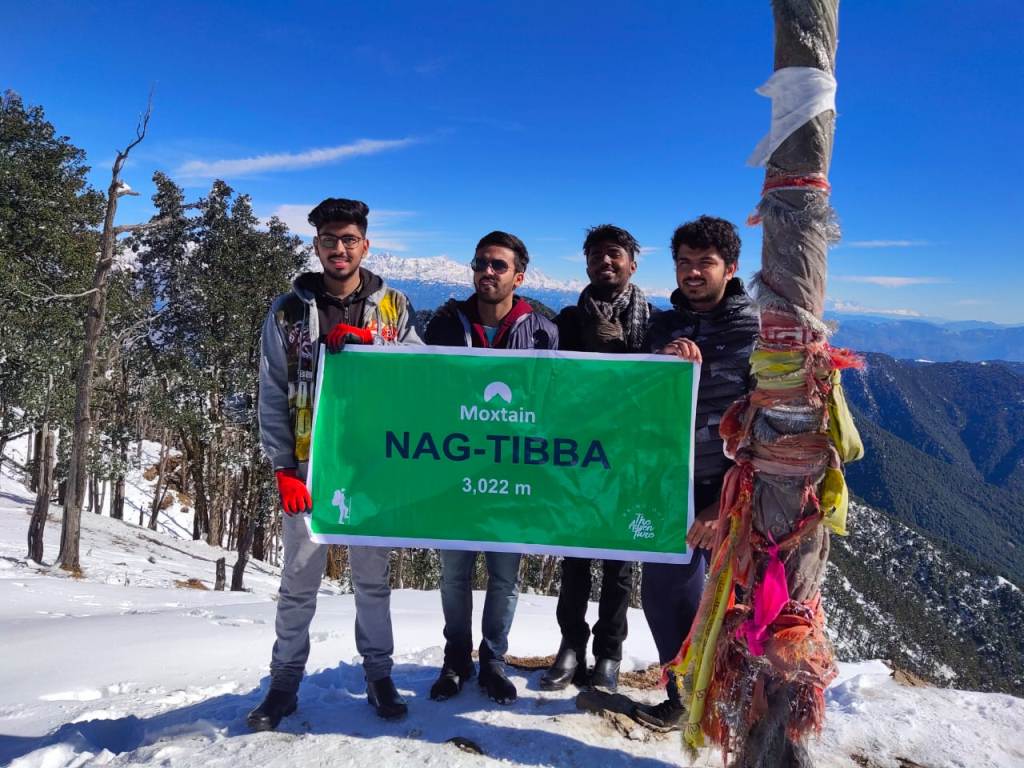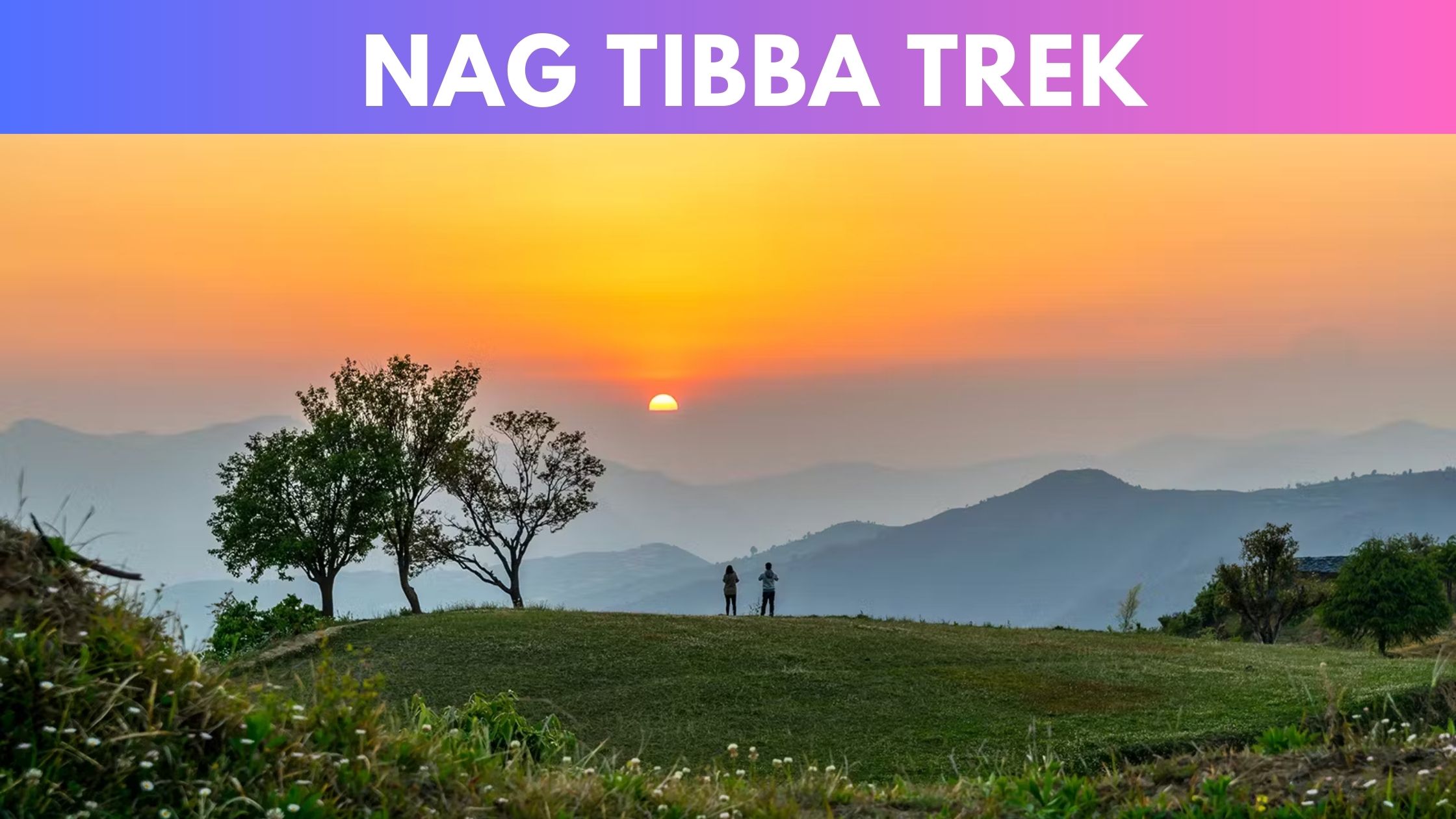Introduction
Nag Tibba, nestled in the mesmerizing Garhwal Himalayas, stands as an alluring trekking destination for adventure enthusiasts. Touted as the ‘Abode of the Serpent,’ this trek offers a perfect blend of natural beauty, cultural experiences, and a sense of accomplishment for those who dare to venture into its breathtaking landscapes.
Planning Your Nag Tibba Trek Adventure
Embarking on a Nag Tibba trek requires careful planning. The best time to experience this trek is during the months of April to June and September to November when the weather is mild, and the views are clear. The trek typically takes around 2-3 days, catering to both beginners and seasoned trekkers. However, it’s essential to gauge the trek’s difficulty level and prepare accordingly, ensuring that your fitness levels align with the challenges of the trail. Additionally, obtaining the necessary permits and permissions is crucial before setting foot on this adventure.
Getting There
Reaching Nag Tibba involves a journey through the picturesque Garhwal region. Depending on your starting point, you can access the trek from Dehradun or Mussorie. Transportation options range from private vehicles to shared taxis, each offering its unique experience. The trek begins from a base camp, where trekkers can acclimatize and prepare for the journey ahead.
Gearing Up for the Trek
Packing Nag Tibba trek requires a balance between preparedness and keeping your backpack light. A comprehensive gear checklist includes essentials like trekking poles, a sturdy backpack, weather-appropriate clothing, and a reliable pair of trekking shoes. As the weather can be unpredictable in the mountains, it’s crucial to pack layers and be ready for varying temperatures. Efficient packing tips ensure that you have everything you need without carrying unnecessary weight.
Day-wise Itinerary
Day 1: Base camp at Nag Tibba Temple
The first day of the trek takes you from the base camp to the Nag Tibba Temple. The trail winds through dense forests, offering glimpses of the rich flora and fauna in the region. Trekkers encounter various landmarks along the way, with options to set up camp at strategic locations.
Day 2: Nag Tibba Temple to Nag Tibba Summit
The second day brings trekkers closer to the summit of Nag Tibba. This stretch involves more challenging sections of the trail, rewarding those who persevere with stunning panoramic views. Camping options near the summit allow trekkers to experience the magic of a Himalayan night sky.
Flora and Fauna
The Nag Tibba trail is not just a physical journey but a sensory delight as well. The region boasts a diverse range of flora and fauna, from vibrant rhododendron forests to elusive mountain animals. Understanding the biodiversity of the area adds a layer of appreciation for the delicate ecosystem of the Himalayas. As adventurers traverse the trail, they become witnesses to the unique species that call Nag Tibba home, reinforcing the importance of conservation efforts in preserving this natural wonder.
Cultural Insights
Beyond the natural beauty, Nag Tibba offers a glimpse into the lives of the local communities inhabiting the Garhwal region. Trekkers have the opportunity to interact with locals, learn about their traditions, and experience the warmth of mountain hospitality. Embracing responsible tourism practices becomes crucial in ensuring that the cultural fabric of the area remains intact for generations to come.
Challenges and Rewards
Trekking in the Himalayas is no easy feat, and Nag Tibba is no exception. Overcoming physical challenges, navigating steep ascents, and battling altitude are all part of the trekking experience. However, with these challenges come unmatched rewards – not just in reaching the summit but in the personal growth and self-discovery that accompany such adventures. The breathtaking views and the sense of accomplishment make every step worthwhile.
Safety Measures
Ensuring safety during a trek is paramount. Trekkers must be aware of health precautions, carry a well-stocked first aid kit, and be prepared for sudden weather changes. Understanding the local terrain and weather conditions is crucial for a safe and enjoyable trek. Emergency contacts and rescue options provide a safety net, emphasizing the importance of responsible trekking practices.
Post-Trek Reflection
As trekkers descend from Nag Tibba trek, they carry with them not just memories but a profound sense of accomplishment. The trek becomes a tale of unforgettable moments against the backdrop of the Himalayas. Reflecting on the journey, trekkers often discover valuable life lessons, fostering a connection with nature and a newfound respect for their own capabilities. Sharing these reflections serves not only as a personal recollection but as an inspiration for others contemplating a similar adventure.

Conclusion
In conclusion, the Nag Tibba trek stands as a testament to the unparalleled beauty of the Himalayas. It invites adventurers to explore its trails, unravel its secrets, and emerge transformed by the experience. The journey from base camp to summit, filled with challenges and rewards, is a microcosm of life’s own odyssey. As the call of the mountains echoes in the hearts of those who tread its paths, Nag Tibba remains an open invitation to all who seek to unveil the beauty of this trekker’s paradise.
Explore some other Treks in India.
| Chadar Trek | Roopkund Trek |



